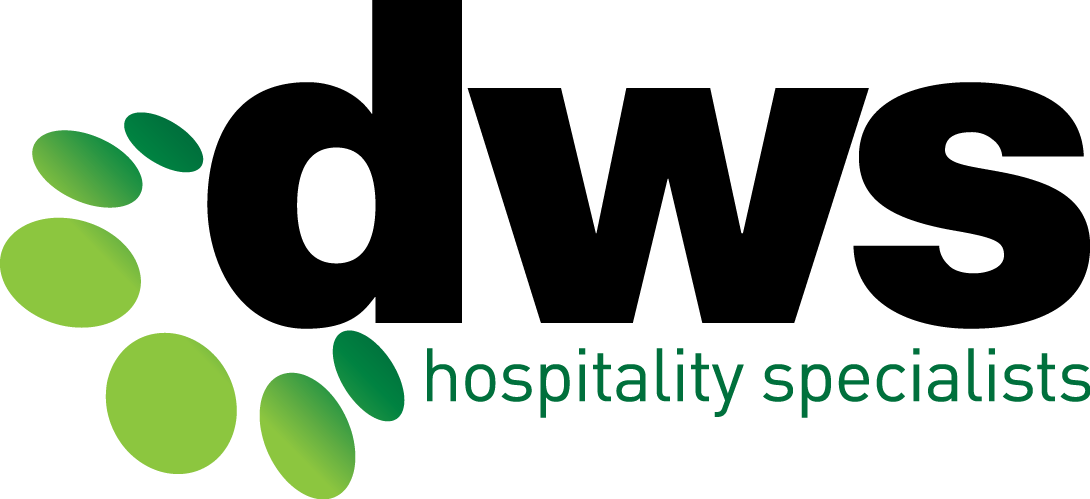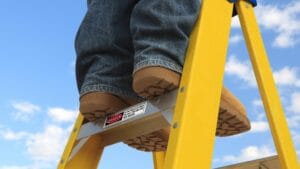April data from VCGLR shows only slight growth compared to April 2013 in what proved to be a flat month across Victoria for machine gaming. Total net income for the state of just over $200 million makes April the softest month of the financial year so far and sees Victoria on track to finish the financial year at approximately $2.5 billion, the same as 2013. Most regions experienced single digit percentage growth or decline in net income when compared to April 2013 for a state-wide total of 1.1% nominal growth. Hardest hit were Hume, Ballarat and Mornington Peninsula whilst Melbourne Inner South, North West Victoria and Geelong were the movers and shakers.

Venues wishing to outperform their local market must develop expertise in-house if they are to reap the benefits described above. Even if you have an agreement in place with a third party, it’s important to analyse your own data to ensure that you are positioned to work with that provider to optimise your venue’s performance.
During the first half of 2014 we have assisted a club client to reduce its marketing expenditure by shifting away from expensive traditional media such as print, radio and TV and execute a series of targeted campaigns to grow their gaming market share. In addition, we rearranged the venue’s gaming layout and tweaked the denomination mix to better reflect their gaming customers’ preferences. The result was a reduction in marketing expenditure from 12% to 7% of total venue revenues whilst growing gaming net income per EGM per day.
Managers responsible for driving gaming need to be crunching numbers daily, weekly and monthly and tracking key metrics to ensure negative trends are recognised and addressed early.
Analyse your machine performance.
- Is your turnover growing? Is your net income growing?
- Which manufacturer’s product performs best at your venue?
- Which denomination (1c, 2c, 5c, etc.) provides the best returns?
- Which game type to your players like? Is it linked jackpots, standalone or standalone progressives?
Analyse your performance relative to competitors
- How does your local government area (LGA) perform on a net income per machine per day basis? How does your venue compare to that?
- What’s your LGA market share? Is it trending up or down?
Know your players
- Where do they come from – it’s likely that 80% of your revenue is earned from people who live inside 5km from the venue.
- What proportion of your revenue mix do your top 50 provide? Your top 100 or 200 even?
- Are they predominantly male or female? Thirty years of age or fifty? Blue collar or white?
- What machines do they like? Do they participate in your promotions?
- What do they eat and drink at your venue?
Have a defined marketing strategy
- What attracts players to your venue? Is it food, entertainment, promotions, safety, convenience?
- Do you have a loyalty program? Does it provide higher rewards for high value players?
- Is your promotion program effective?
- How does your marketing expenditure compare? Are you achieving bang for your buck?
Venues wishing to perform strongly need to know these key stats in order to drive the performance of their gaming installation. Analysing data is part of the solution. Marketing research such as surveys and focus groups can help to provide insights that complement that data analysis.
So, what constitutes strong performance? Of course, not all LGAs are created equal. If you were performing at the state average of $248 per EGM per day in Wangaratta, you’d be a world beater operating at a market premium of nearly 70%. That same performance in Brimbank would see you operating at a 30% discount to the local market. And, of course, the data shows large differences between the performance of pubs v clubs and between country and metropolitan venues.
DWS Hospitality Specialists has assisted many gaming venues, large and small, to maximise the performance of their gaming businesses. We have a team of specialists who can assist with gaming reviews, marketing and loyalty strategy, machine purchasing strategy or systems advice.
For a free Victorian LGA market share report or to discuss how we could assist your venue, please contact Tom Streater tom@dws.net.au or 0439 940 007.





